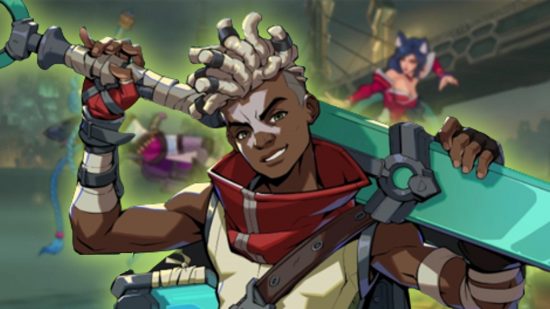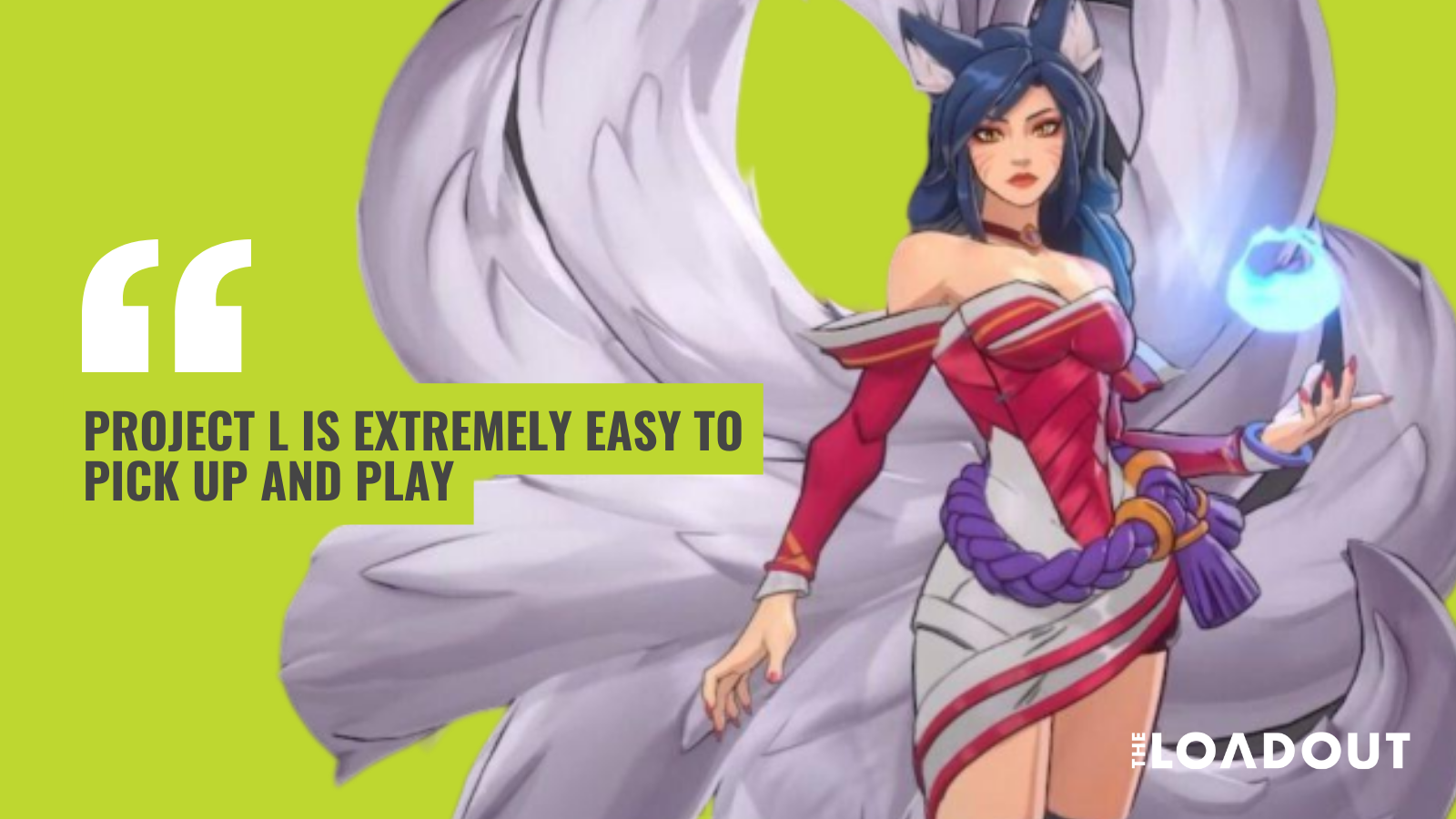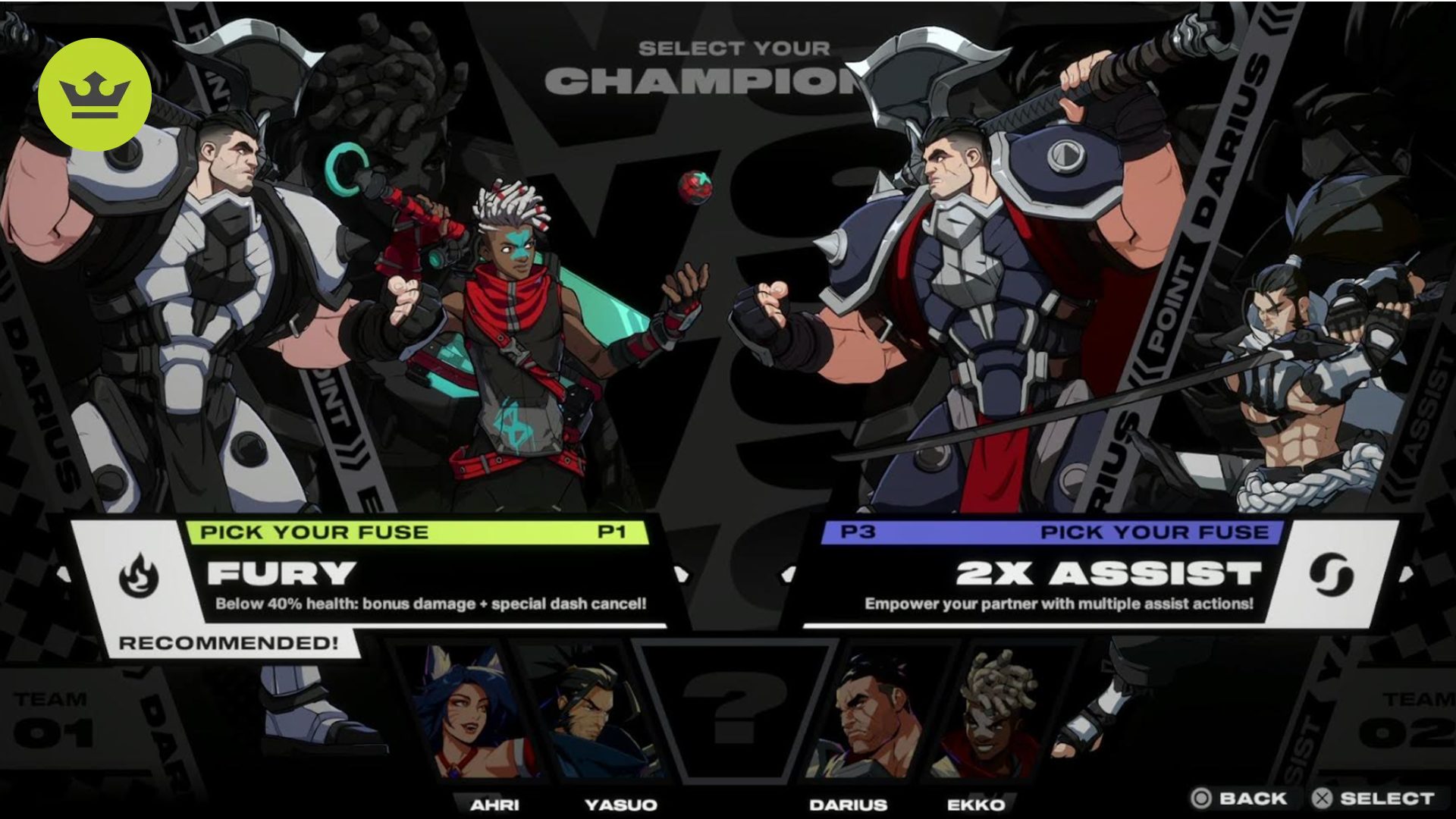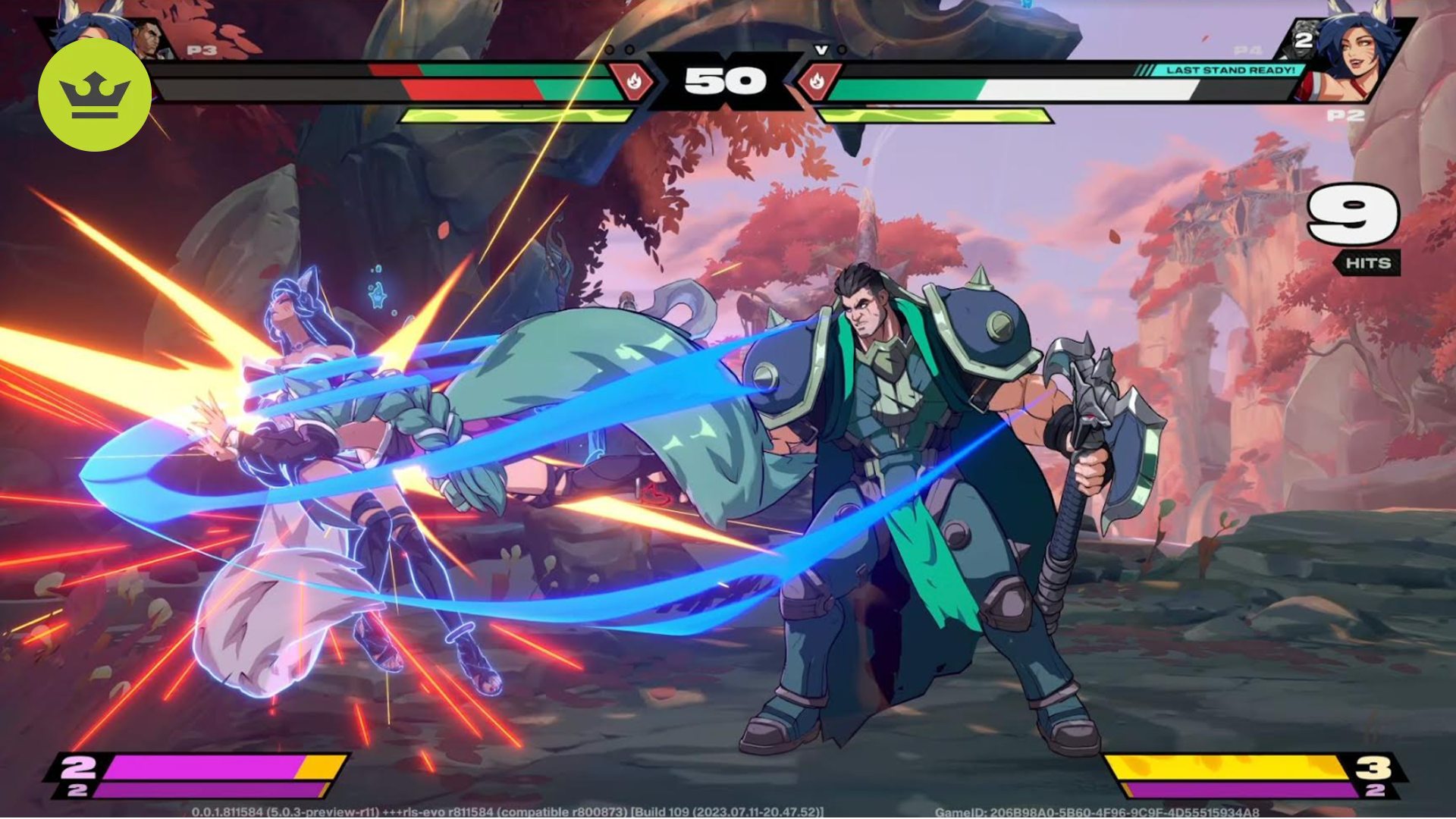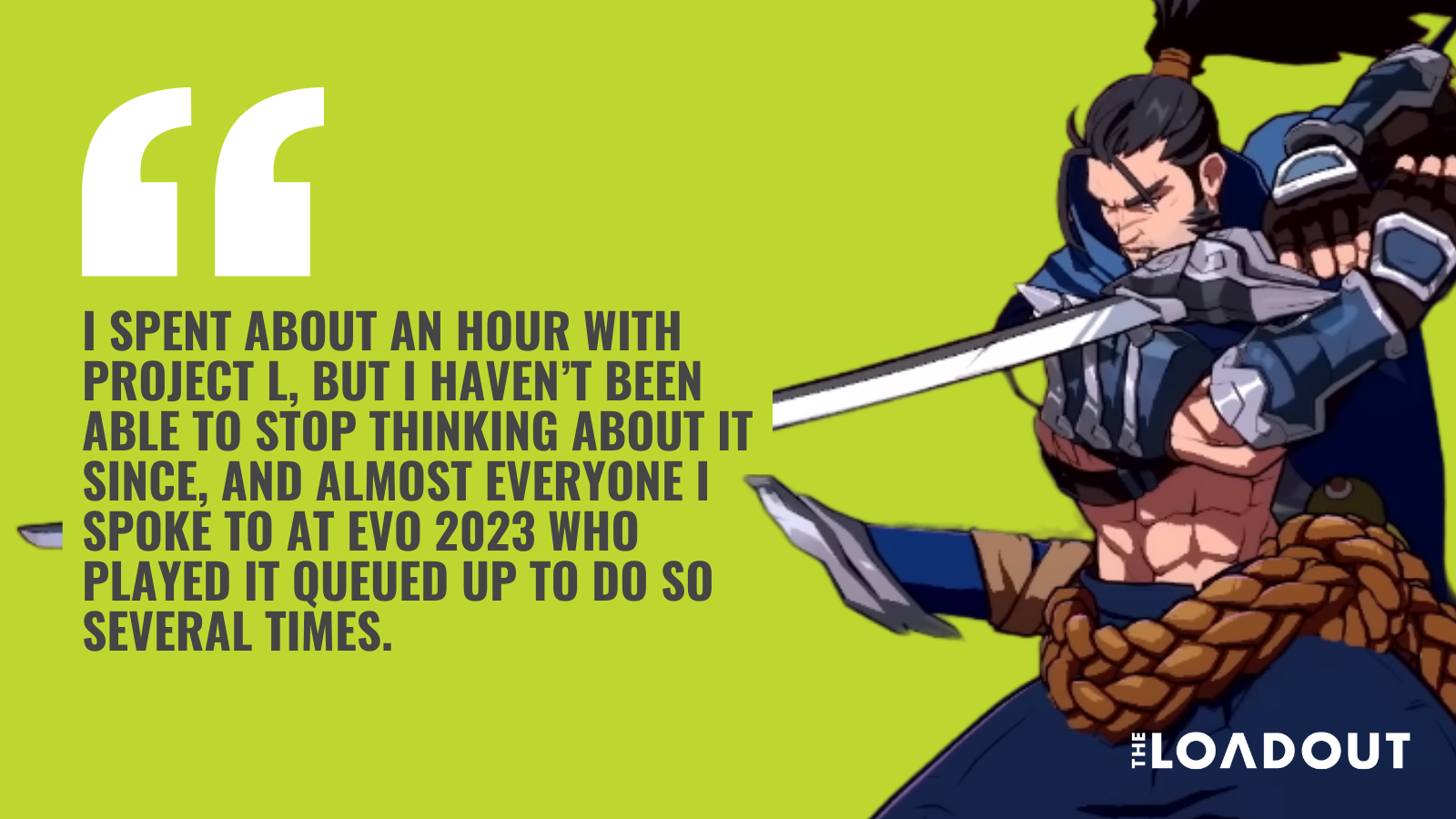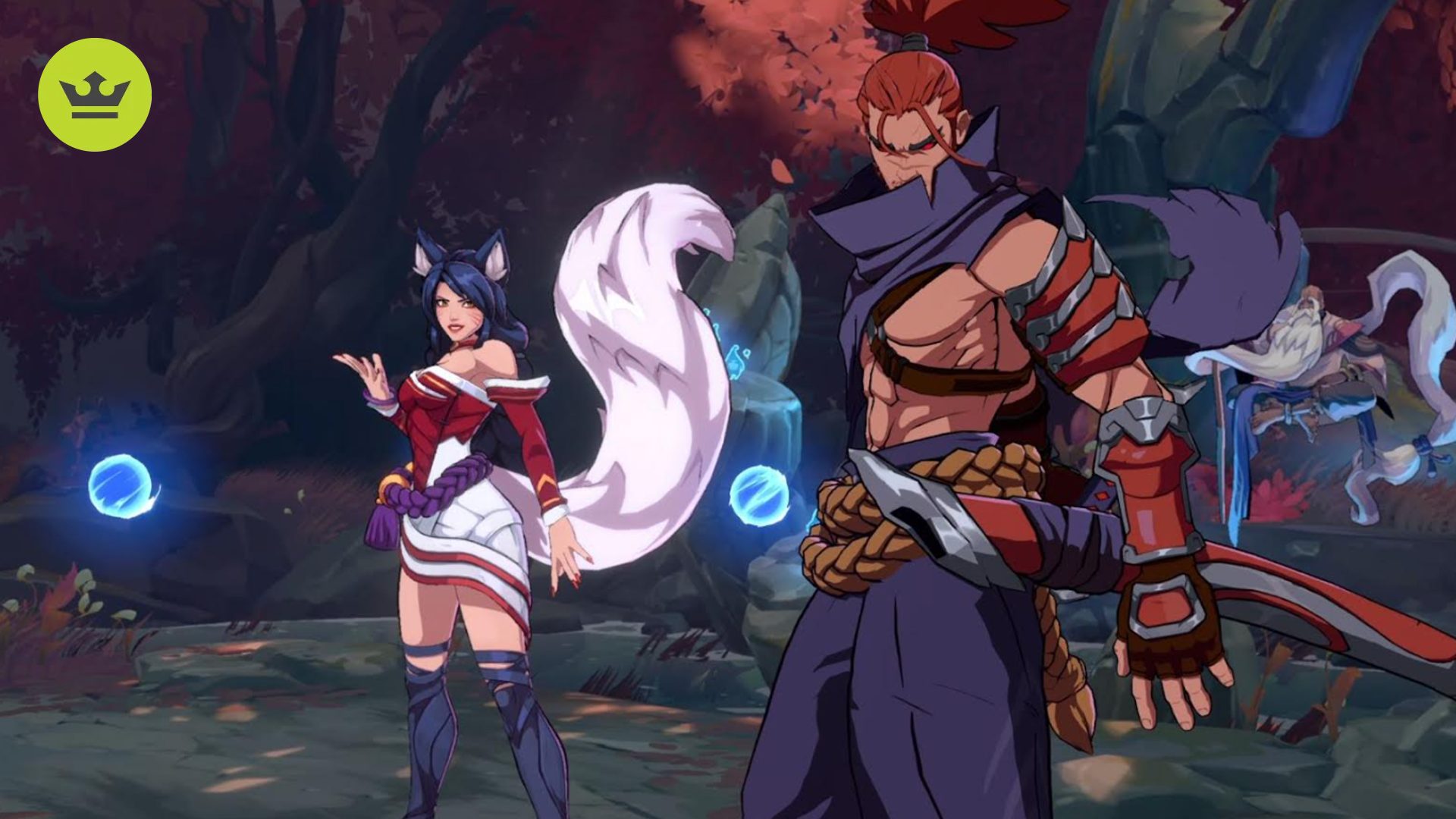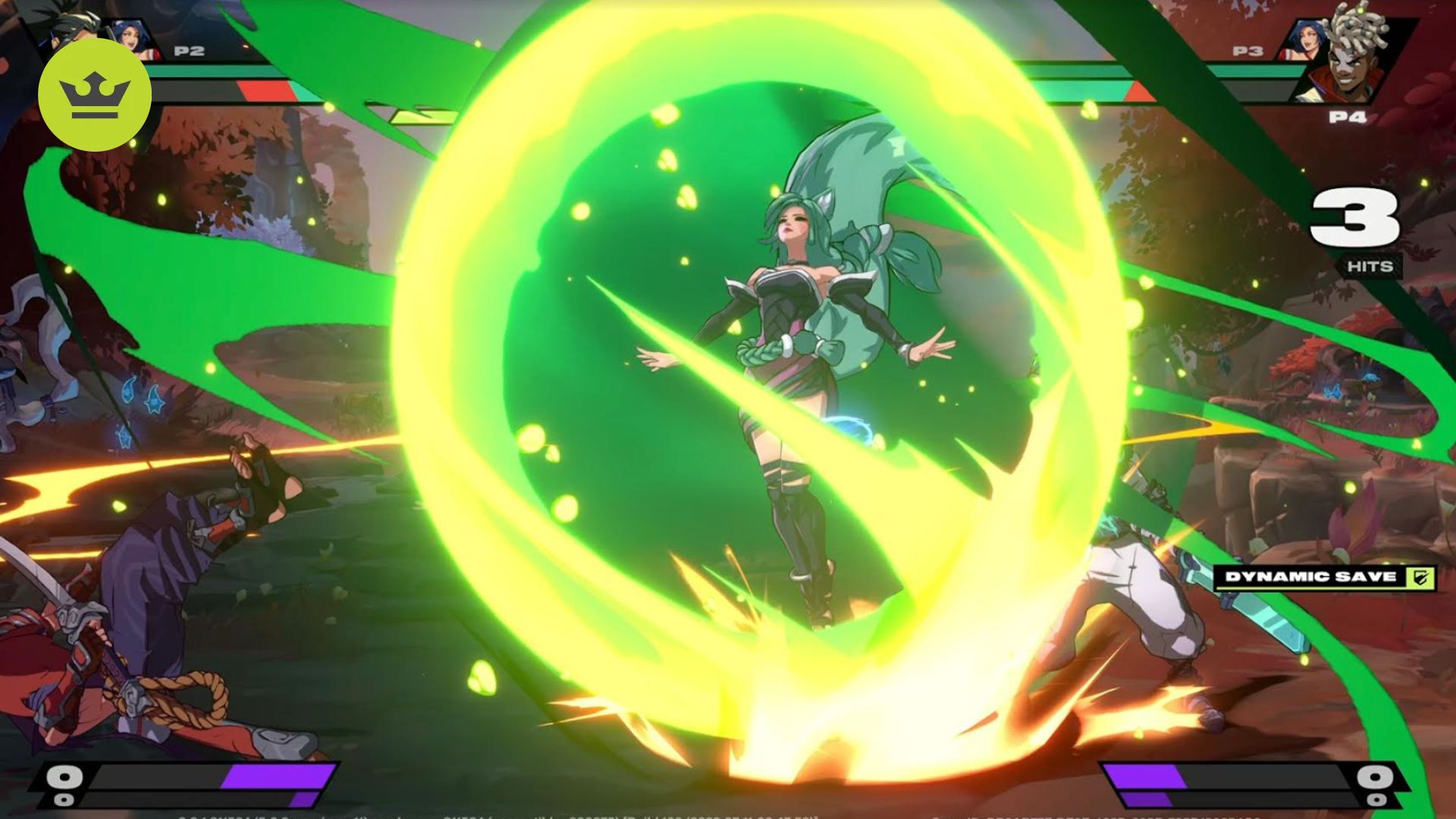Fighting games have been on home consoles for decades, but the genre has never lost the arcade mentality. Two people enter, the better one wins, and the loser looks at their opponent’s win screen already thinking about the next match. When you win in a fighting game, you have outplayed your opponent. When you lose, it’s your fault. There are no teammates to blame; you get all the glory, and you get all the blame. But based on the hour I spent with Project L at EVO 2023, Riot Games’ debut fighter might be about to change that.
If you’ve been living under a rock for the last few years, Project L is Riot Games’ attempt to bring League of Legends to fighting games. It’s a tag fighter made in the mold of Marvel vs. Capcom and Dragonball FighterZ, with a couple of twists.
First, while most tag fighters are 3v3 games, Project L is a 2v2 affair, like the original Marvel vs. Capcom. Secondly, the game is playable solo, but you can also team up with a friend. And thirdly, it uses simplified inputs similar to the modern control scheme found in Street Fighter 6. All you have to do is hold a direction and press a button, and you have access to a character’s special moves, no quarter circles or DP inputs are required.

Project L is extremely easy to pick up and play, but it’s got all the nonsense a great fighting game needs. There’s a strike/throw game, some incredible dirty mix-ups that will catch even the best defensive players off-guard, and stylish combos that will melt your health bar if you’re on the wrong end of them. I had fun just pressing buttons initially, but there’s a level of depth here that becomes very obvious once you spend more time with the game.
What makes Project L unique is how it combines elements of many different fighting games – both tag games and single-fighters – to make its own unique concoction. If it were a mixed drink, it would be an awfully tasty one, but it’s easy to see where the various flavors Riots has added came from.
Like most tag fighters, Project L has light, medium, and heavy attacks that chain into one another from weakest to strongest, allowing you to easily make simple combos. Each character also has a launcher, and three supers: two weaker Level 1 supers, and a stronger Level 2. Pretty standard. But, what’s really interesting are its defensive and tag options.
The game offers both a retreating guard and a pushblock for getting out of nasty pressure situations, as well as a high and low parry that opens up your opponent if you time them right, and leaves you extremely vulnerable if you don’t. If you do get opened up, however, don’t worry. Your tag partner can come in and break you out of combos with a Dynamic Save, which is very similar to Guilty Gear’s Burst mechanic. You only get a couple of these per match, so you’ll have to use them wisely, and like Bursts in Guilty Gear, they can be baited and punished.
Speaking of your tag partner, you control them when you’re by yourself, but you’ll need to coordinate with your teammate in co-op in order to get the most out of your assists (each character has two), tag combos, Dynamic Saves, and Last Stand mode. That Last Stand mode allows a KOed teammate to come back for one last attack when your other character is low on health when you’re playing with another person.
I played Project L with three other people on the show floor at EVO, and my teammate and I had to constantly talk to each other, yelling call-outs like “I’m gonna tag you in!” when we wanted to go for a flashy tag combo or “Save me! Save me!” when things were looking dire. Project L is hectic – there’s a lot here to learn, even if things are pretty simple to understand initially – but if the reactions of everyone else on the show floor were anything to go by, that wasn’t stopping anyone from having fun, even when they lost.
The last major thing Project L brings to the table is the Fuse system, which opens up additional interesting wrinkles. These synergy options let you play with how your team works. Looking for more assist options? 2x Assist lets you throw two assists out back to back. Double Down is perfect for players who want to stack up the damage by chaining your character’s ultimate attacks together. Fury is ideal for new players, granting a damage boost when you’re low on health and a special dash cancel to extend combos. Freestyle, on the other hand, seems ideal for fighting game veterans because it allows you to handshake tag twice in one sequence for some absolutely insane, Marvel-style combos.
The build I played had four of the Project L characters: Darius, Ahri, Ekko, and Yasuo, and each feels like their League of Legends counterpart. Darius is a bruiser with absolutely devastating attacks and high damage, just like in League. Ahri’s projectiles and Foxfire ult are a core part of her kit in the original game, and they carry over here, too. Her dash-powered mobility and projectiles make her hard to pin down and give her tons of pressure options. She was by far my favorite. Ekko manipulates time for some absolutely filthy mix-up and pressure options, and Yasuo is a mid-range specialist who uses his wind powers to block projectiles and dash through opponents. He’s also got the unique ability to chain his supers together.

Each character feels unique, and like themselves. Characters in League of Legends don’t have anywhere near the number of moves a fighting game character does, but Riot has done a marvelous job fleshing these fighters out.
Everything that’s here feels like a natural extension of the original character, and like it couldn’t be any other way. Every character also felt like they could work with every other character; it was just a matter of who you wanted to play, and what you wanted to do. Add in the build options from the Fuse system, and you’ve got a lot of ways to make your team yours.
There’s a lot to Project L, but all of it feels good. Landing a tag combo, clutching out a game with a last-second Dynamic Save, or even doing something as simple as a tick throw just feels right. And the more you play the game, the more you’ll want to discover.
I spent about an hour with Project L, but I haven’t been able to stop thinking about it since, and almost everyone I spoke to at EVO 2023 who played it queued up to do so several times. It’s too early to say whether Project L will be one of the best PS5 games, best Xbox games, or best PC games when it releases, but I can say it’s one of the best fighting games I’ve played in a hot minute, and I can’t wait to spend more time digging into its systems. Plus, it’s the rare fighter you can play with your friends without playing against them, and if the energy at Riot’s booth during EVO was any indication, we could use a little more of that in the fighting game community.
